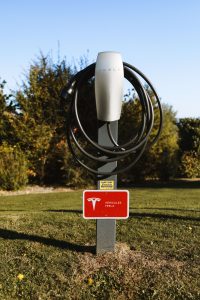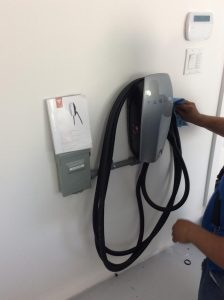 Electric vehicles (EVs) are gaining popularity due to their eco-friendly nature and cost-effectiveness compared to traditional gas-powered vehicles. In Los Angeles, the number of EVs on the roads is rapidly increasing, making it necessary for owners to know where they can charge their vehicles. This article will provide information on where you can charge your EV in Los Angeles and why you should consider installing an EV charger at home.
Electric vehicles (EVs) are gaining popularity due to their eco-friendly nature and cost-effectiveness compared to traditional gas-powered vehicles. In Los Angeles, the number of EVs on the roads is rapidly increasing, making it necessary for owners to know where they can charge their vehicles. This article will provide information on where you can charge your EV in Los Angeles and why you should consider installing an EV charger at home.
Public Charging Stations: In Los Angeles, there are numerous public charging stations located in different areas, including shopping centers, grocery stores, parks, and parking lots. Some of the most popular public charging networks in the city are ChargePoint, Tesla Superchargers, and EVgo. These charging networks offer a range of charging options, including Level 2 and Level 3 charging, which can fully charge your vehicle in just a few hours.
Workplace Charging: Many workplaces in Los Angeles are installing EV charging stations to support employees who drive EVs. By offering charging options at work, employees can charge their vehicles during the day, making it convenient for them to commute. This also helps reduce the number of EVs on the road during peak hours, reducing congestion and improving air quality.
Residential Charging: For EV owners who live in Los Angeles, one of the best options is to install an EV charger at home. Having a home charger eliminates the need to search for a charging station, and it allows you to charge your vehicle overnight, so it’s ready to go in the morning. Home charging is also cost-effective, as it eliminates the need to pay for charging at public stations.
Benefits of Installing an EV Charger at Home:
- Convenience: Having a home charger makes it easy to charge your EV whenever you need to, without having to go to a public charging station.
- Cost-effective: Home charging eliminates the need to pay for charging at public stations, which can add up over time.
- Faster charging: Home chargers are typically Level 2 chargers, which can charge an EV faster than a Level 1 charger found at public stations.
- Increased property value: Installing an EV charger at home can increase your property value, making it an investment in your home.
In conclusion, Los Angeles has a growing network of public charging stations, and many workplaces are also installing EV charging options for employees. However, having a home charger is the most convenient and cost-effective option for EV owners in the city. If you’re considering buying an EV, consider installing an EV charger at home to make charging your vehicle as easy and convenient as possible.
The Electric Connection is a Los Angeles-based electrical contracting company specializing in the installation of electric vehicle (EV) chargers. The company offers a range of services, including home charging station installation, workplace charging station installation, and public charging station installation. The Electric Connection has a team of experienced electricians who can handle all aspects of the installation process, from obtaining necessary permits to testing and commissioning the charging stations. By providing convenient and cost-effective EV charging options, The Electric Connection is helping to promote the widespread adoption of EVs in Los Angeles.





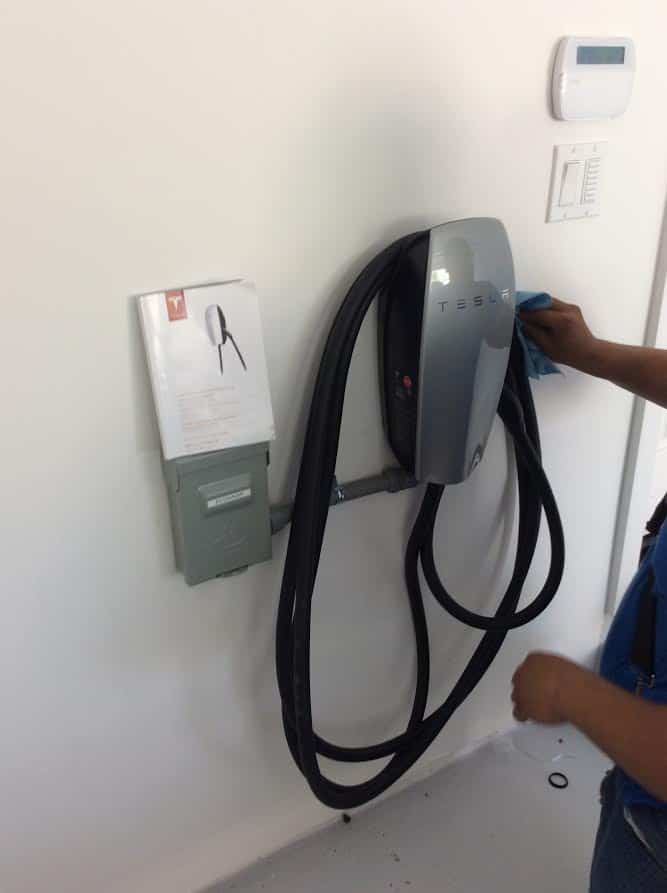

 Have you walked into a home and looked up to see dirty ceiling fans? How often have you seen clean and sparkling
Have you walked into a home and looked up to see dirty ceiling fans? How often have you seen clean and sparkling 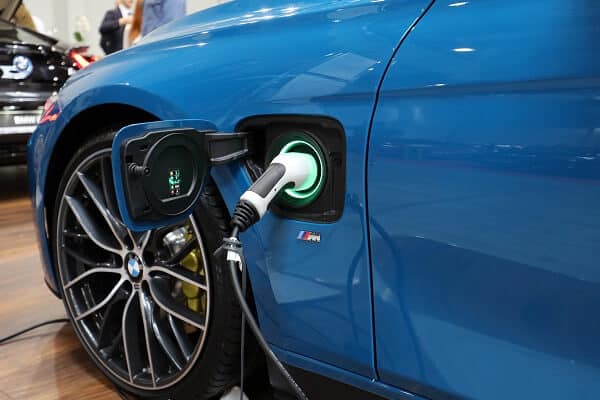
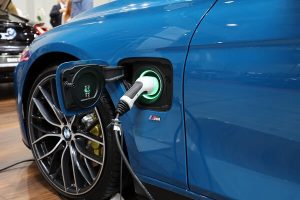 Electric vehicles have become more common these past few years and have begun to take over from gas-run vehicles.
Electric vehicles have become more common these past few years and have begun to take over from gas-run vehicles.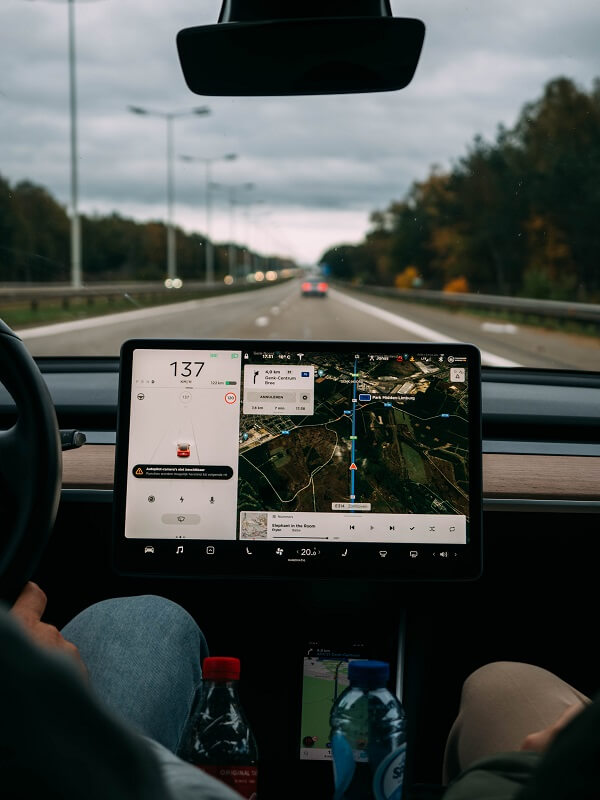
 Electric cars, especially Tesla, seem to be the newest evolution when it comes to automobiles. Especially with their eco-friendly specifications, such as reduced noise and air pollution.
Electric cars, especially Tesla, seem to be the newest evolution when it comes to automobiles. Especially with their eco-friendly specifications, such as reduced noise and air pollution.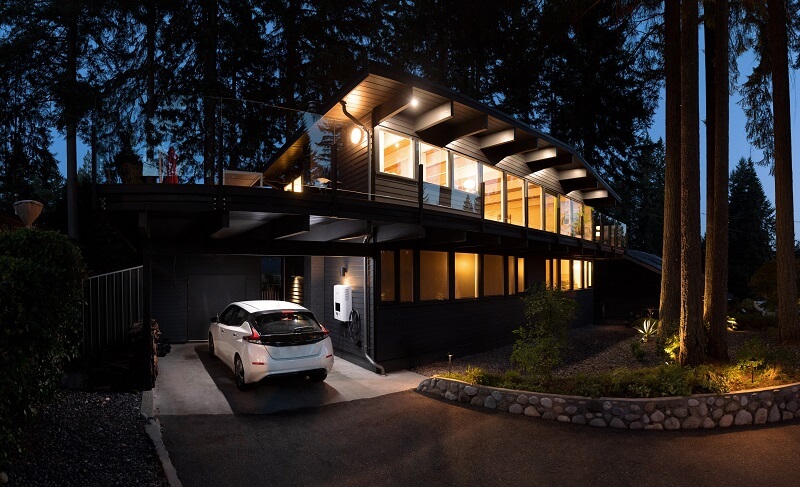
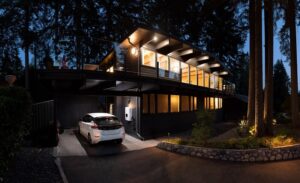 If you just got a Nissan Leaf or are planning to get one, one of the many questions you probably have is whether you can
If you just got a Nissan Leaf or are planning to get one, one of the many questions you probably have is whether you can 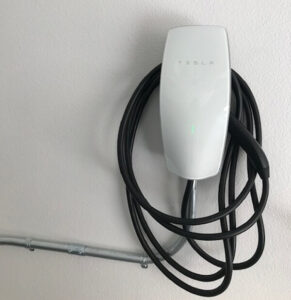 So you finally have your Tesla charger installed and after some time you notice a flashing red light.
So you finally have your Tesla charger installed and after some time you notice a flashing red light.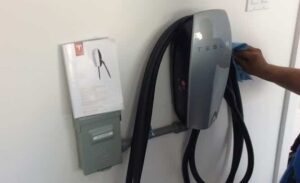 This question is more common than you think and often asked by new Tesla owners. You’d want to know if there is any risk involved with charging your electric vehicle daily or not charging as much. In this article, we have gathered all the facts to help you decide on what’s best for your EV.
This question is more common than you think and often asked by new Tesla owners. You’d want to know if there is any risk involved with charging your electric vehicle daily or not charging as much. In this article, we have gathered all the facts to help you decide on what’s best for your EV.
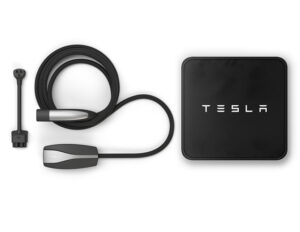
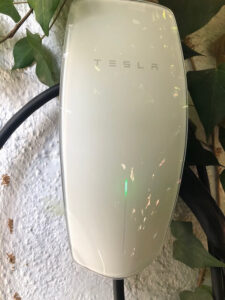 When you are an electric vehicle owner, dealing with charging becomes the next thing to do. For some, it’s easy to stick to public charging options. For others, home charging options are the best, but the same rules do not apply to every home.
When you are an electric vehicle owner, dealing with charging becomes the next thing to do. For some, it’s easy to stick to public charging options. For others, home charging options are the best, but the same rules do not apply to every home.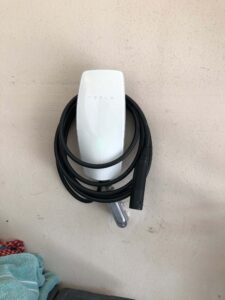 If there’s anything we know about Tesla, it’s that they keep doing better and better. This leads to more people wanting to join the movement for sustainability by owning one of their sleek vehicles.
If there’s anything we know about Tesla, it’s that they keep doing better and better. This leads to more people wanting to join the movement for sustainability by owning one of their sleek vehicles.